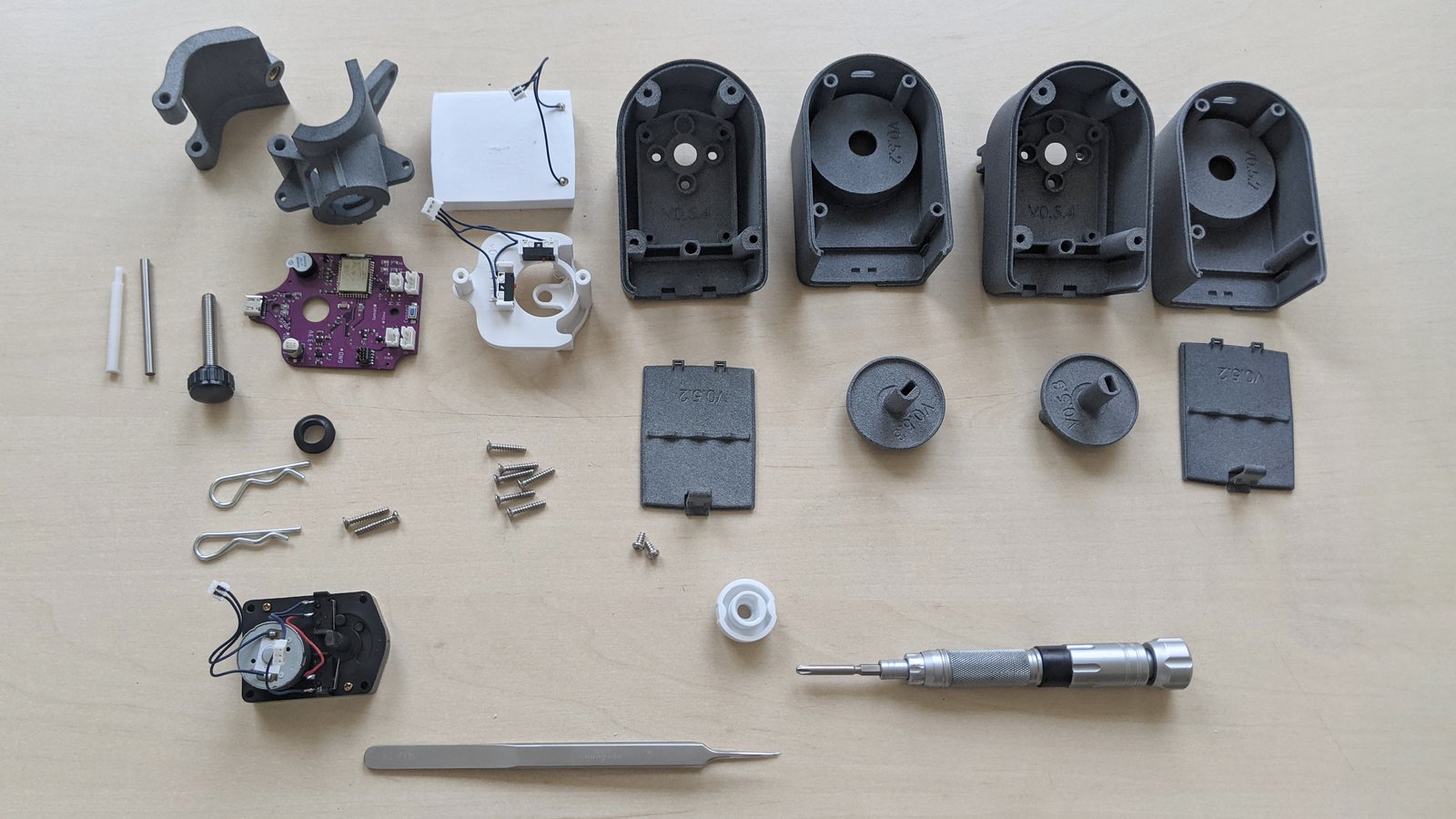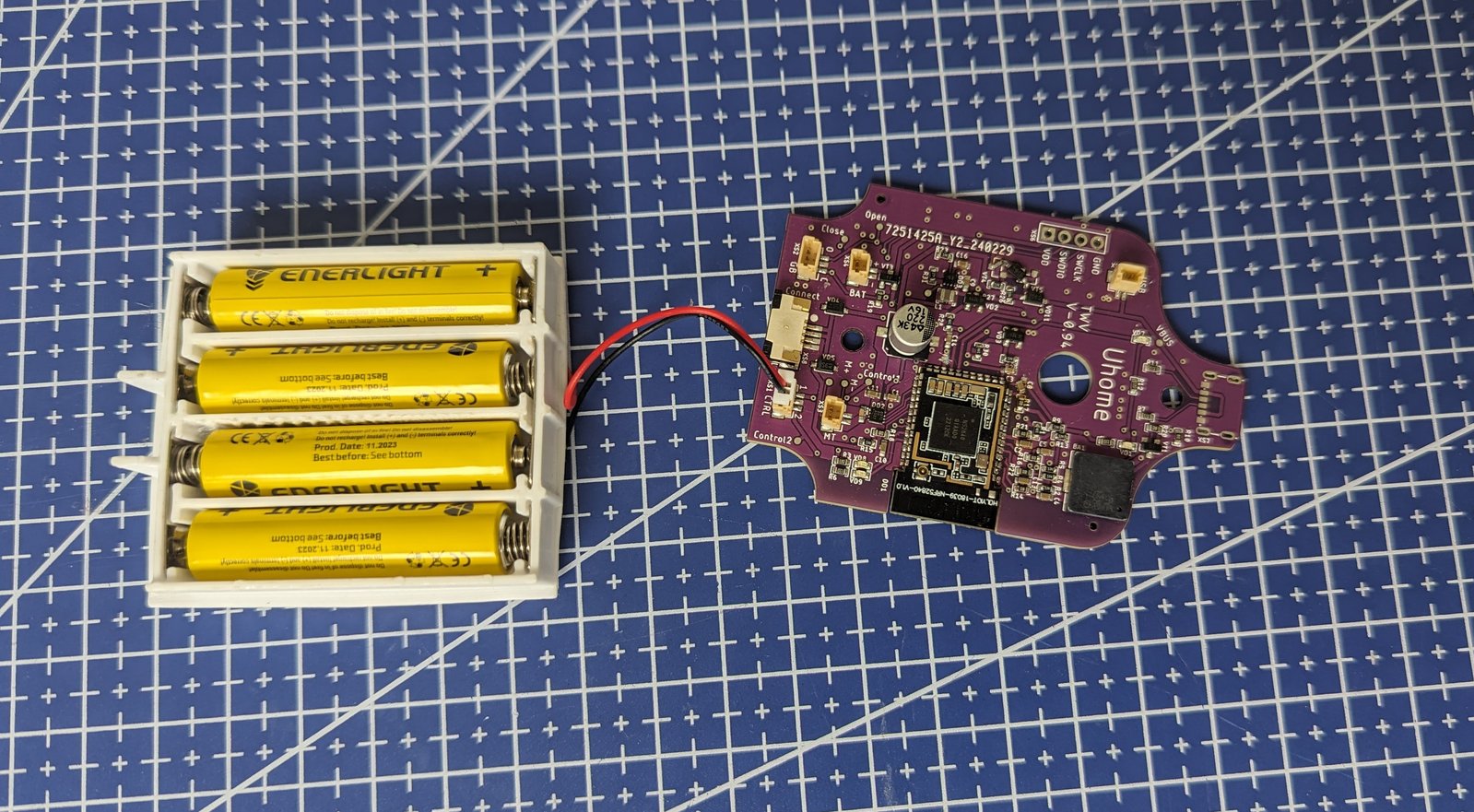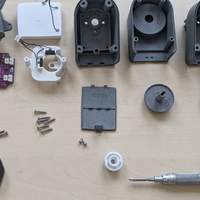Project update 2 of 10
The History and Technical Challenges of True Wireless Valve
by Dmytro KHello everyone! Thank you to all who have already supported our product!
Today, I want to share a bit about the history and the main technical challenges we’ve tackled with our product. In fact, we started working on this project quite a while ago, and we had our first prototype nearly three years ago. However, as often happens, events prevented us from quickly bringing the product to the manufacturing-ready stage.
When we began, we identified three main requirements for our valve: true wireless operation, the ability to control the valve both mechanically and through the home automation software without compromise, and using protocols that would allow it to be used in as many systems as possible while maintaining full functionality.
To create a wireless solution, we needed to decide how we would transmit data and how we would power our device. The choice of protocol was relatively straightforward—we opted for Zigbee with plans to later add Thread support.
Powering the device was a bit more complex. First, we needed to choose a chip with the best power consumption metrics that also supported the necessary protocols. We chose a chip from Nordic, which had significantly better power consumption than its closest competitors. Then came the decision about power sources. We considered using an external power bank, a replaceable built-in battery, and regular alkaline batteries. We ruled out the power bank to ensure maximum convenience during installation. We seriously considered built-in batteries, but ultimately settled on regular batteries. Firstly, alkaline batteries have a higher energy density, allowing us to achieve nearly twice the operating time with the same dimensions. Also, according to our calculations, a set of batteries should last for two years. Rechargeable batteries self-discharge and lose capacity over time, and we feared they would need to be replaced every 3-4 years, which wouldn’t showcase their advantages in our device.
Next time, I will tell you about how we control our valve mechanically and through the system. Stay tuned!






